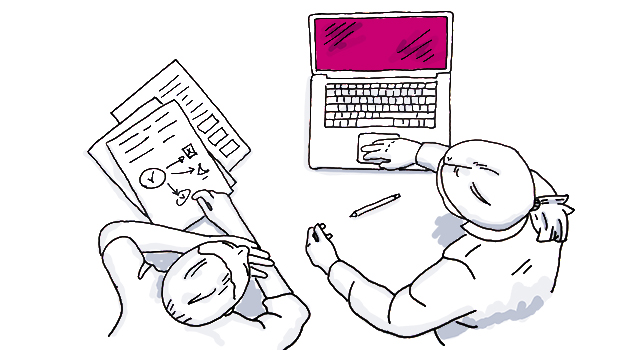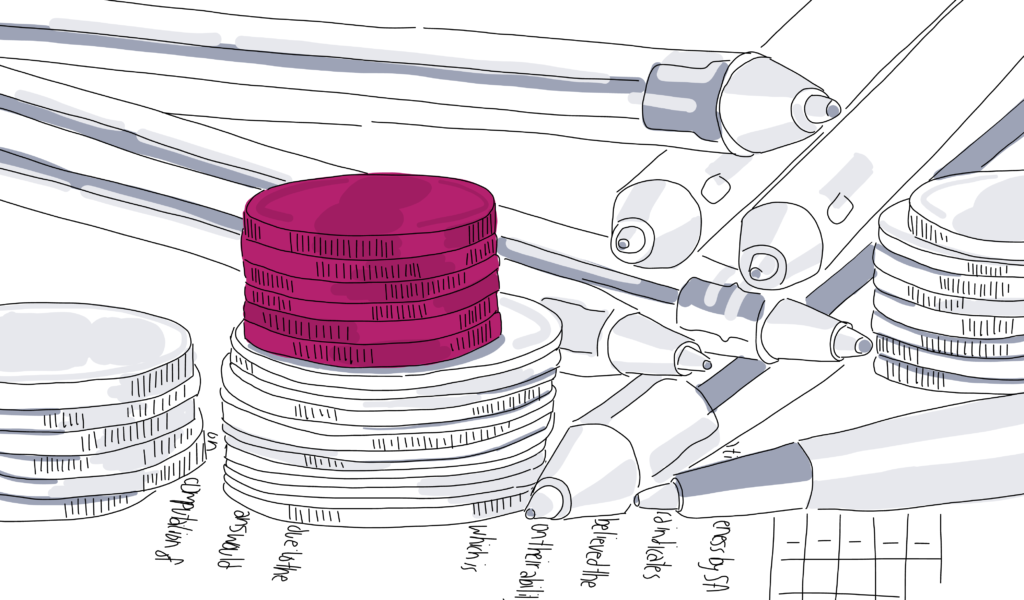
Monday Motivation: How to Fix 6 Common Problems to Improve Your Hotel Sales Funnel
Managing the hotel sales process is full of challenges, and gets harder every day. Guests and event planners have more options, less time, and less patience with salespeople than ever. If you throw in the immediacy of reviews on social media, you’re left with an incredibly daunting process. But this is no time to panic. Instead, take a deep breath and join us for a quick check-up. We’ll identify common problems in hotel sales, and give you some great tips for fixing them.
Discover Clever Ways to Improve Your Hotel Sales Process:

Problem #1: Not Understanding your Customer
Without a complete understanding of your customers, your sales process will drag on, your salespeople will become frustrated, and you will close far less business. But how do you move beyond catch-all terms like business traveler to a useful story about your guests and their motivations?
We dive into this subject in detail in our guide to guest personas, but the short answer is look at your data. Your Sales and Catering CRM contains a goldmine of information about your guests, including their demographics, typical stay length, purpose of stay, and time of year. Analyzing this data should give you a good picture of your potential customers. You’ll still want to ask clarifying questions at the beginning of the sales process to check your assumptions, but creating buyer personas will give you a good head start and an idea of what your prospects might be looking for.
Quick Tip: Build standard questions into your dialogues throughout the sales process, so that you discover more about your prospects as you continue the conversation with them. This will boost your understanding of your prospects over time, as well as establishing a true connection based on listening and adjusting your approach.
Problem #2: Too Many Top of the Funnel Contacts
A disorganized sales funnel will leave you with a clogged up pipeline and no clear plan for closing your next sale. The key to a quick sales cycle and repeatable process is organization within your sales funnel and the appropriate prioritizing of your leads. You can accomplish this through lead scoring and lead nurturing.
A well-qualified lead will have a serious interest, an immediate (or at least scheduled) need, as well as the authority to make decisions and allocate budget. This type of lead should be ushered into your Sales and Catering CRM pipeline immediately, and you should be spending a large portion of your time developing relationships with these leads. In contrast, leads that have a vague interest, ambivalent time horizon, or no authority should take the back burner, and should be scored appropriately low in your CRM.
Quick Tip: Create a separate list for casual browsers and those who don’t expect to purchase in the foreseeable future. These are the clients that should be seen as leads that need to be nurtured. This speeds up the pipeline sales because it allows reps to focus on the well-qualified leads.
Problem # 3: A Disorganized Sales Process
Your sales process should be clear, repeatable, and follow the buyer’s process for your most common buyer personas. Going with the flow and following the lead of the customer can often feel like the right choice, but leaves you with too many unknowns and an unclear understanding of your goals at each stage of the process.
Each step in your sales process should show an incremental increase in commitment from the prospect. For instance, they may give you more information about their needs, give you additional contact information, introduce you to other team members, or divulge a core objection that you will need to overcome. Design your process to ask for these additional steps at the appropriate time in the buyer’s journey, so that information-sharing feels like a natural part of the relationship.
Quick Tip: To ensure a consistent sales process that matches buyer needs, facilitate frequent conversations between frontline sales staff and management, as well as other departments like marketing, events, and catering. These conversations are crucial for defining a process that meets the needs of the whole team.

Problem #4: Ignoring CRM Reports
Your Sales and Catering CRM is a powerful tool for keeping track of your sales process, collaborating with team members, and automating repetitive tasks. But if you aren’t using the reports in your CRM system, you’re missing out on a huge source of knowledge.
The reports from your CRM system drive your performance and show you how you’re doing from week to week and month to month. They can also confirm trends that you’ve been noticing, or show you emerging trends that you might otherwise not pick up on. All of the sales staff, from managers to frontline salespeople, should understand which reports to focus on, and should incorporate them into their daily routines.
Quick Tip: Try sending key reports to everyone on the sales team at the same time each week. This will encourage collaboration on challenging contracts, as well as ensuring transparency at all levels of your sales organization.
Problem #5: Spending Time on Repetitive Tasks
Nothing will slow down your sales cycle like spending time on routine, repetitive tasks. This is another area where your Sales and Catering CRM system can save the day. Automating repetitive tasks helps sales reps spend more of their time working on high-value tasks like building relationships, and ensures that no lead is forgotten. Tasks related to lead scoring and lead nurturing are particularly easy to automate, as well as routine follow-up tasks.
Check out our full guide on automation for more tips on using your Sales and Catering CRM system to drive group sales.
Quick Tip: Before you jump in to automation, do a quick audit of your sales process and identify areas where you would like to start. Add in automated tasks one at a time so that team members get comfortable with the new workflow and can identify trouble spots.
Problem #6: Not Having a Plan and Goal for Each Meeting
Setting goals for each sales call, meeting, or email gives you a clear path forward and ensures transparency throughout the process for everyone involved. Your sales reps should communicate their goals clearly to prospects during the meeting so that everyone is on the same page. Saying something like, Let’s try to pin down which of our event spaces will meet your needs on this call gives structure to the conversation and ensures that the process is moving forward every time the rep and the prospect speak.
Goal-setting also increases the feeling of collaboration between a sales rep and a prospect, and encourages two-way conversation. You’ll know exactly how to guide the conversation, and the prospect understands their role in the conversation. By setting a goal, you avoid wasting time backtracking or addressing misalignment or confusion.
Quick Tip: Check in at the end of the call to make sure that the goal was met, as well as to set up a goal for the next meeting. Your prospects should always have a good idea of what’s next and their role in moving the process forward.
Now You’re Ready to Improve Your Sales Funnel in a Few Simple Steps!

Hopefully you now have a clear idea of the areas in your sales cycle that are opportunities for improvement, and how you can begin to fix them. With just a few small changes, you will add speed to your sales process, encourage the success of your sales reps, and create a more personalized customer experience.
Are you ready to implement some of these changes? Check out our Sales and Catering CRM for a software solution to help!

